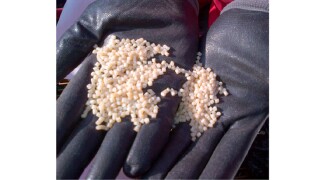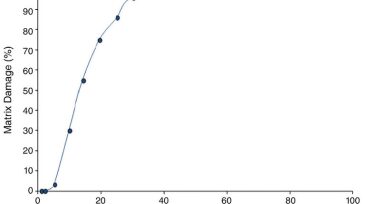Formation damage
This paper describes development of a high-temperature water-based reservoir drill-in fluid using a novel synthetic polymer and customized with optimal chemical concentrations and sized calcium carbonate.
In this case study, a geomechanics-based approach was used to create bridging and sealing at the fracture aperture using a biparticle self-degradable lost-circulation-fluid system.
This study explores enhancing gas production through a novel combination of prestimulation using a coiled tubing unit and high-rate matrix acidizing.
-
One of the challenges for those involved with understanding an unexpected decline in well performance is identifying the exact causes for the reduced productivity. Consideration of all data available can eventually point toward one factor that could explain productivity decline.
-
Understanding of formation damage is a key theme in a waterflood project. An integrated multidisciplinary approach is required to determine an optimal design and strategy.
-
The paper describes a novel methodology to construct distributed formation damage across openhole wells in carbonate reservoirs and to evaluate the effects of damage on zonal productivity.
-
This paper summarizes a wide variety of sandstone-acid-stimulation case histories, highlighting aspects such as mechanical conditions and operational practices.
-
The wireline formation tester (WFT) is a well-developed technology used to collect representative downhole fluid samples. The authors introduce a simple but effective method for monitoring WFT sampling when targeting the low levels of contamination needed for asphaltene-onset-pressure analysis.
-
This paper focuses on experimental methods quantifying water-based muds and investigating effects on particle bridging, filtrate invasion, and permeability.
-
Well-control fluids were used during a routine overbalanced workover operation in an offshore well completed in high-permeability sandstone.
-
A challenge in many permeable, water-sensitive, subhydrostatic reservoirs is avoiding the loss of completion fluid when completing or working over wells.
-
Does formation-damage coreflooding give a good representation of damage that occurs downhole? For those of us who are actively involved in coreflooding, this is a common question to be asked.
-
This study concerns the mature Gyda reservoir, where some recent production wells have underperformed relative to equivalent initial wells.












